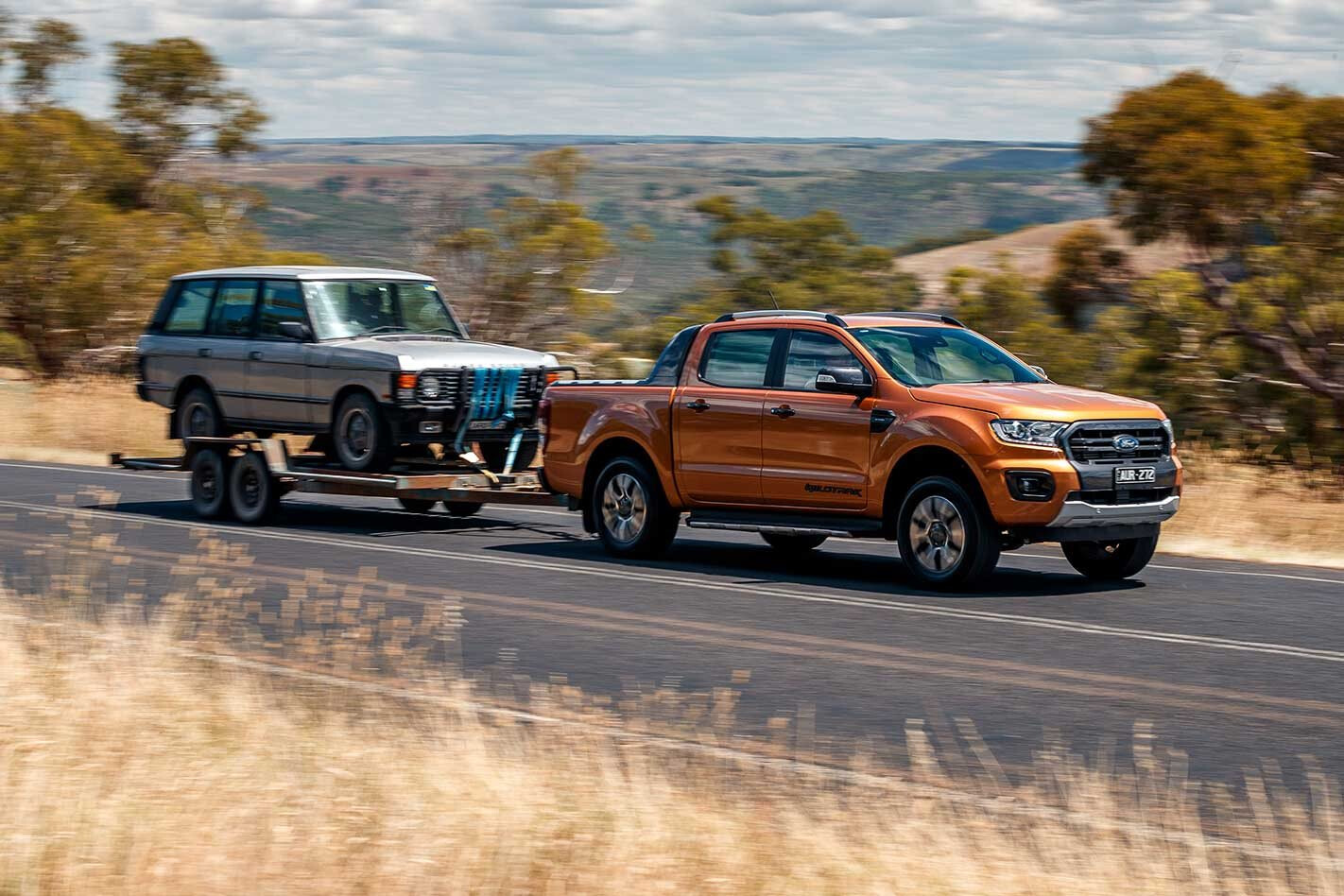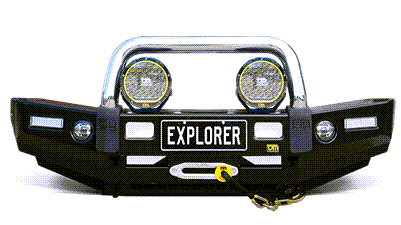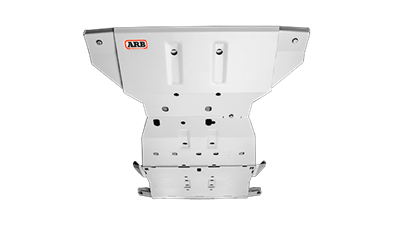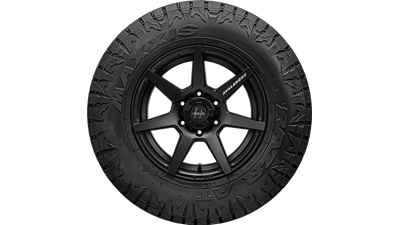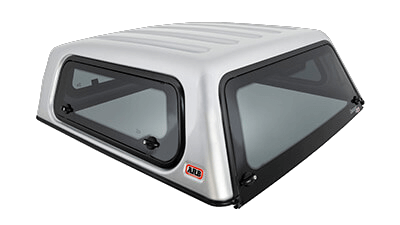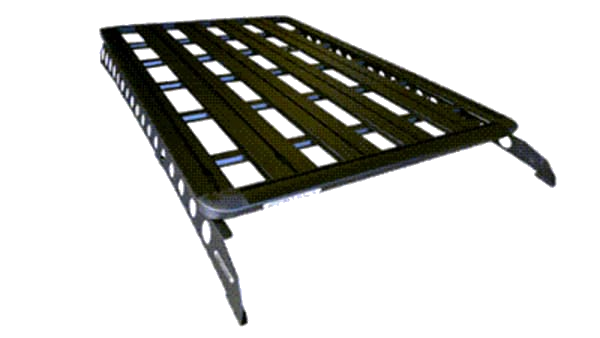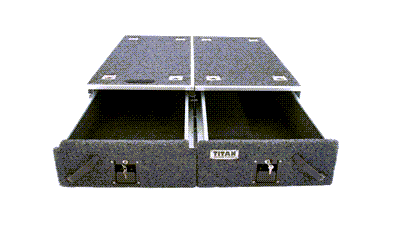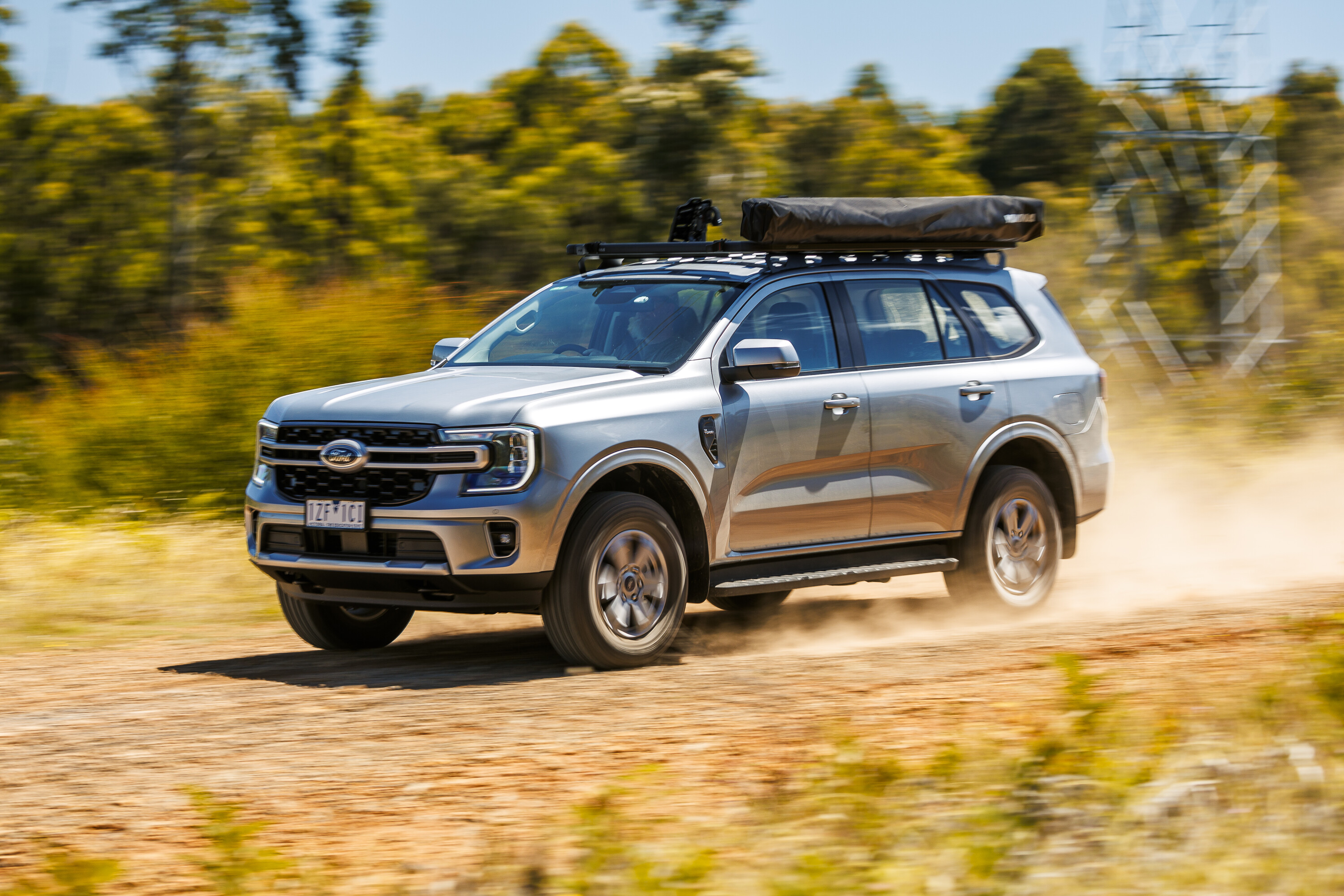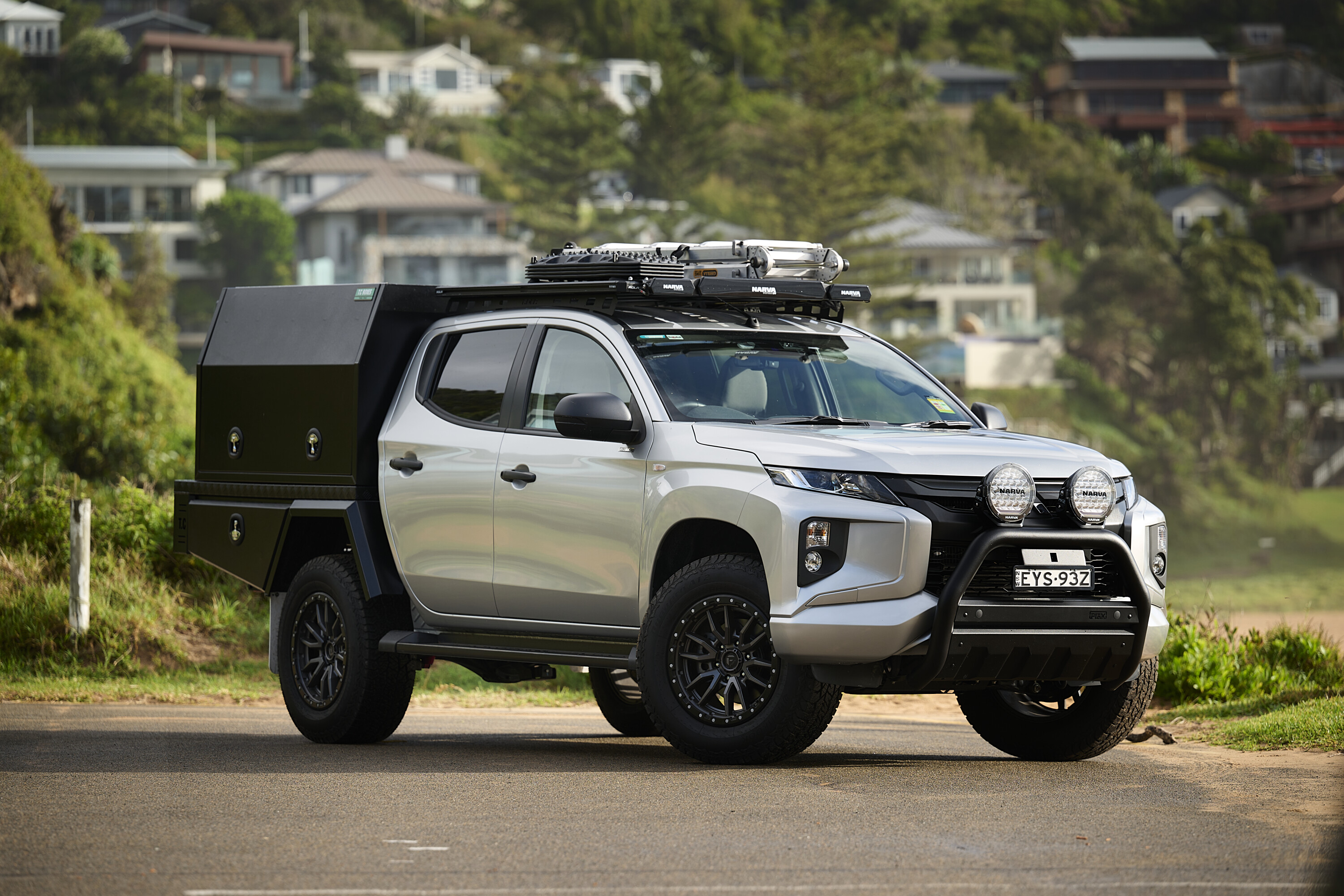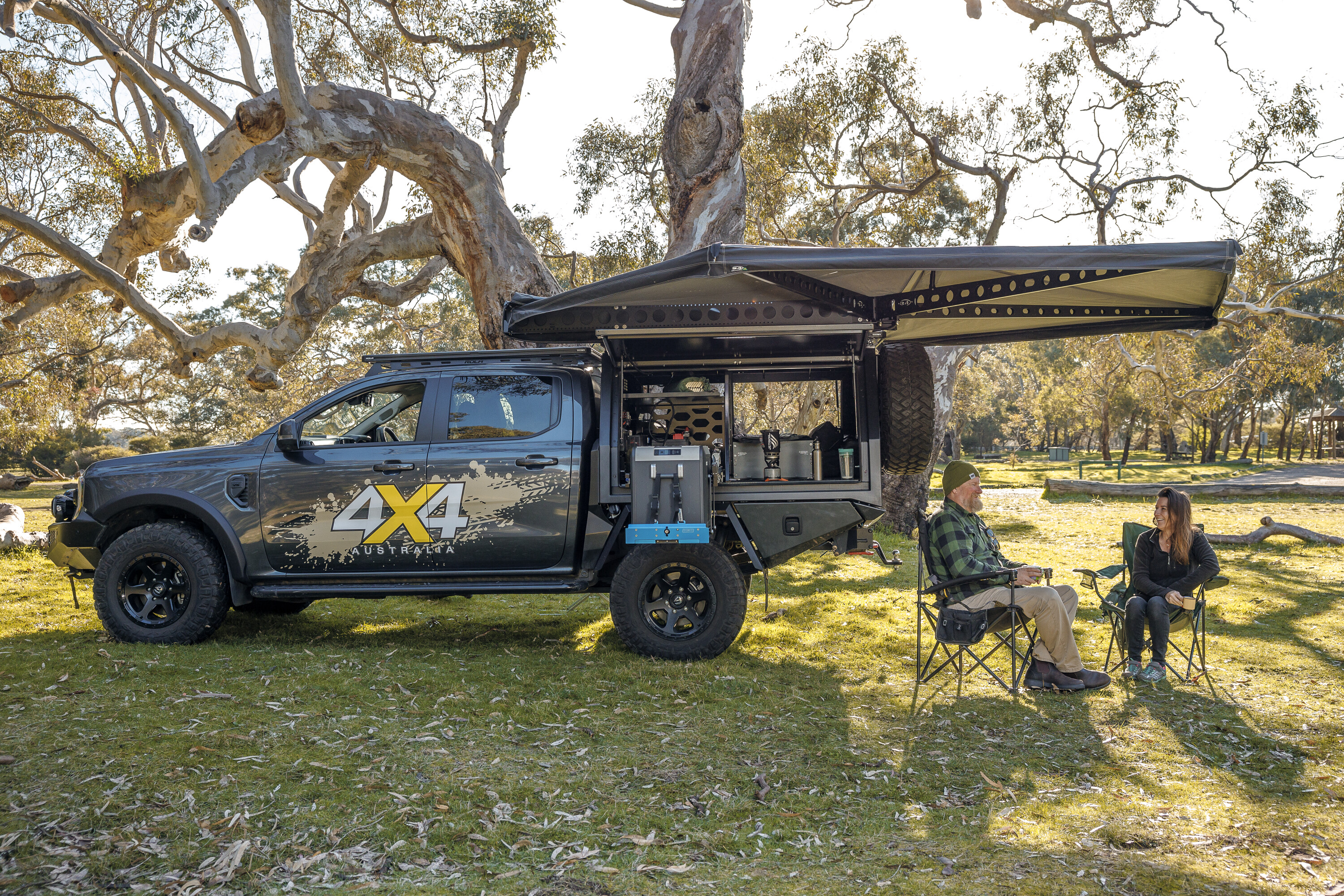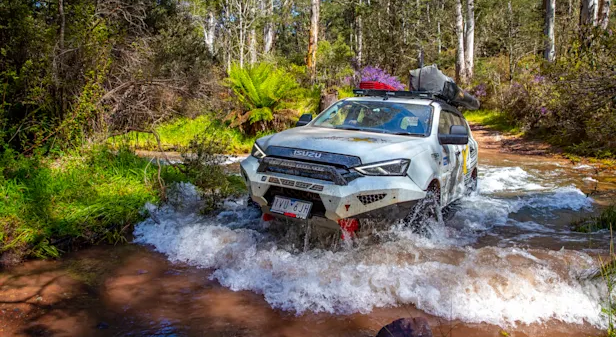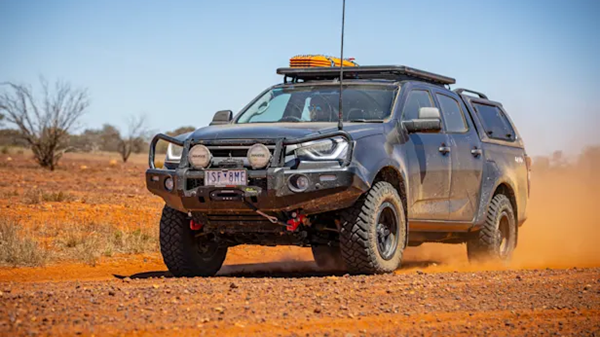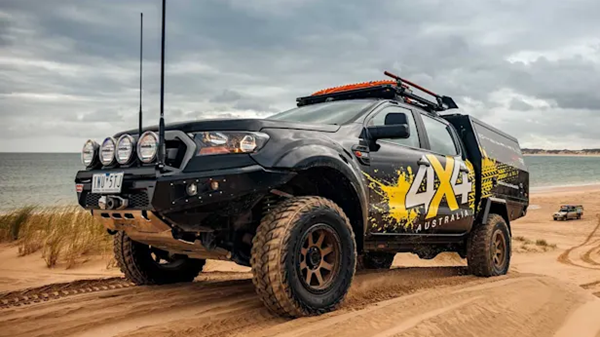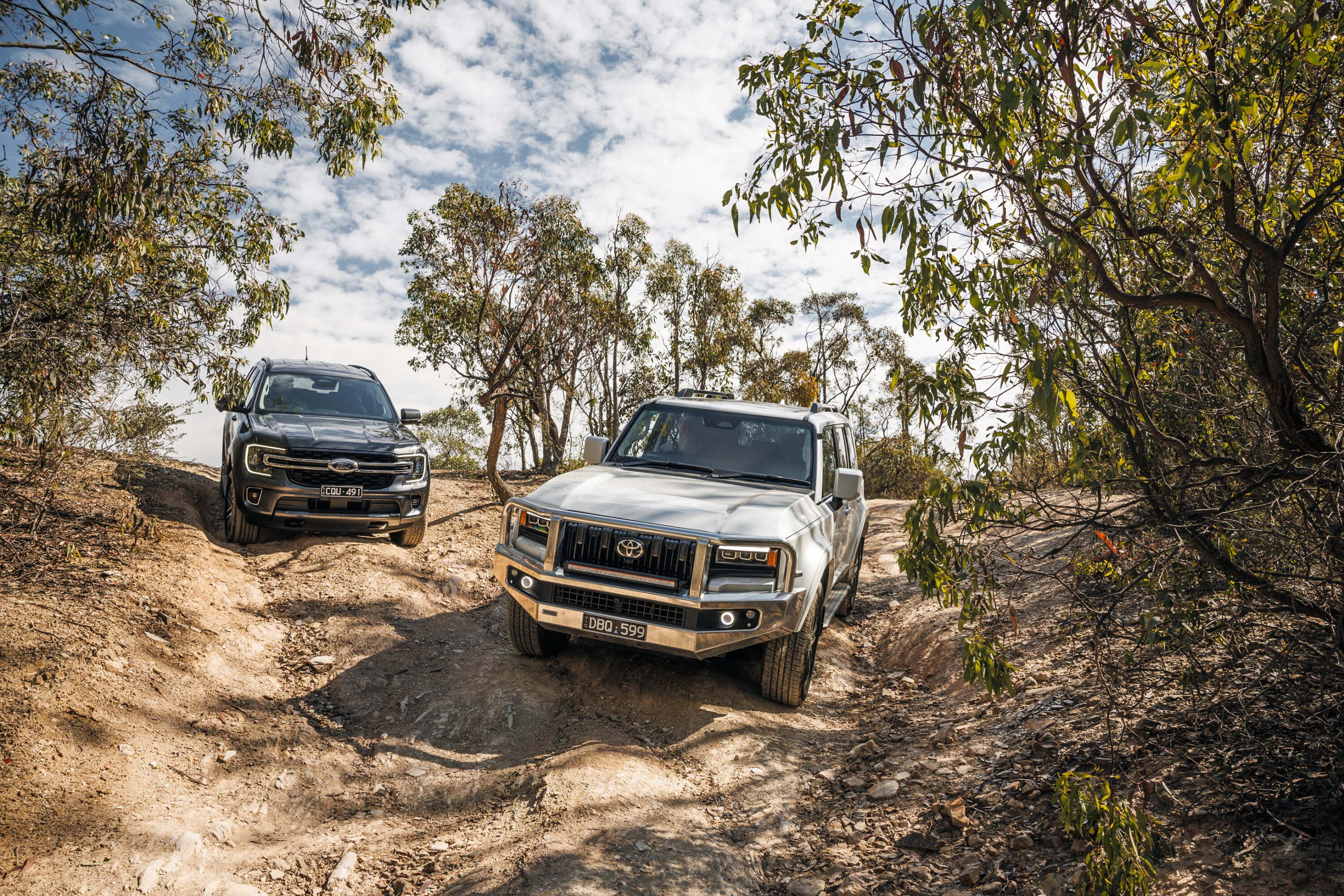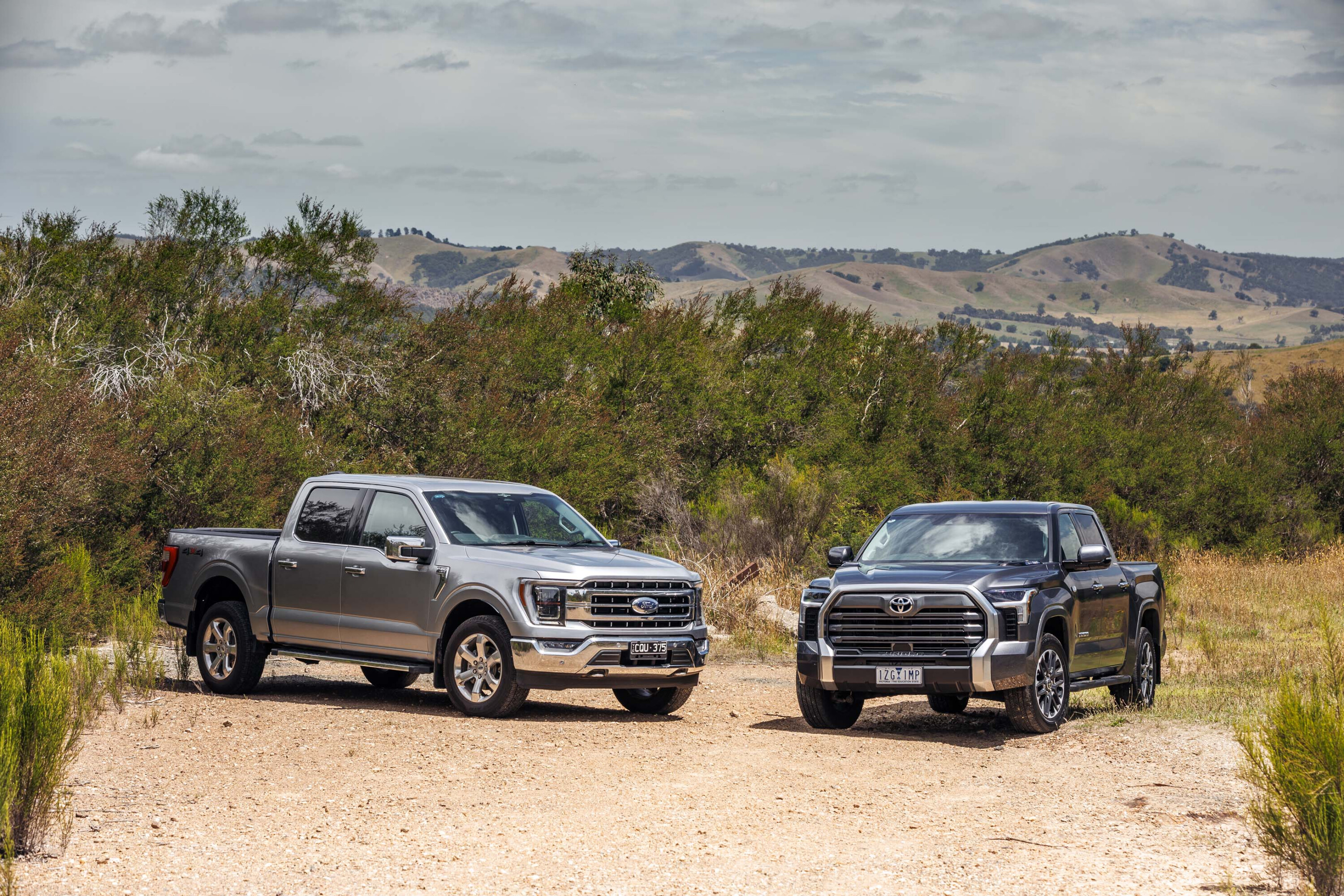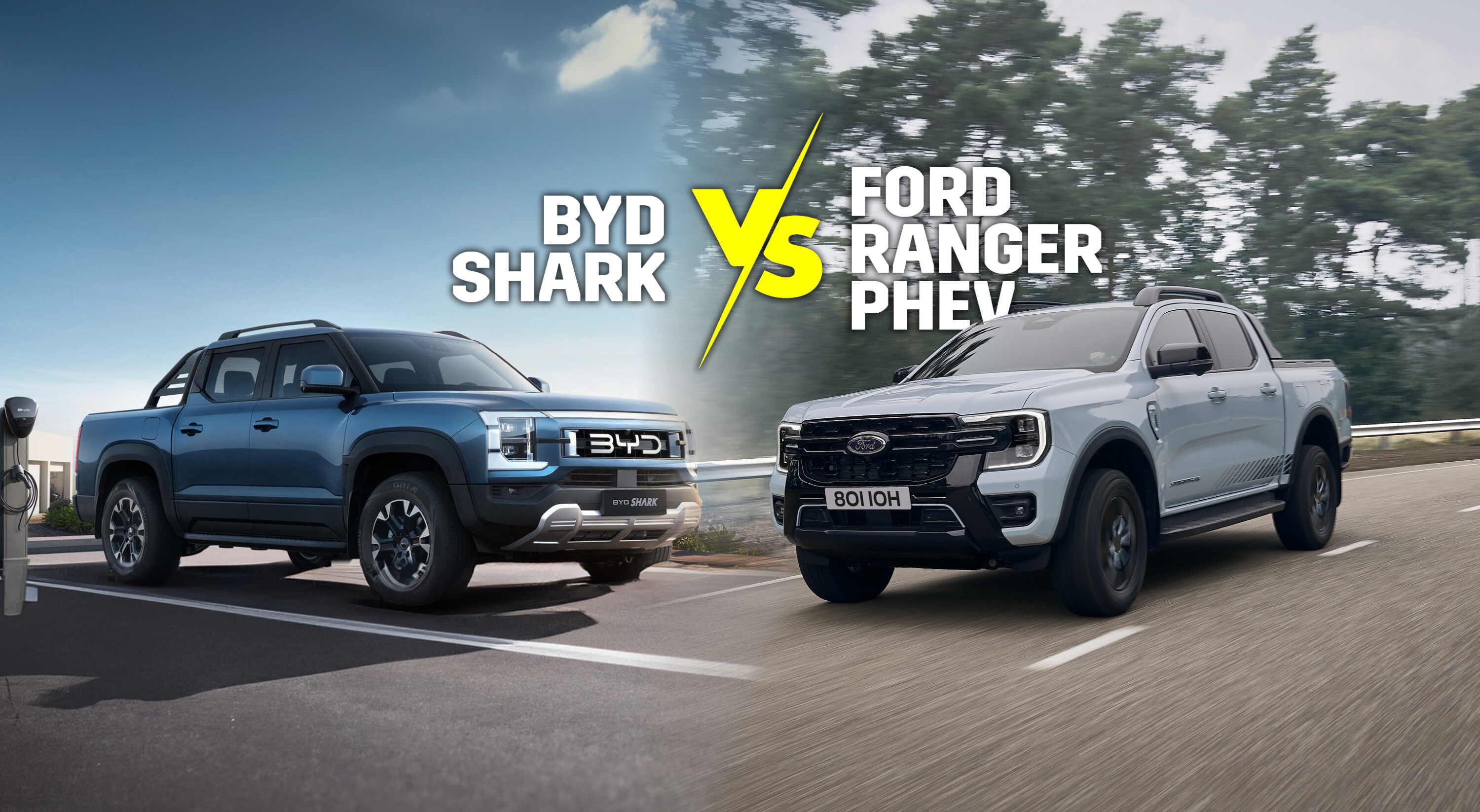WHEN Ford introduced the 2.0-litre engine to its 2019 Ford Ranger and Everest line-ups last year, we were eager to see if the smaller-capacity engine was as capable as its 3.2-litre stablemate at ferrying a load.
Does greater engine capacity equate to better towing capabilities? In this example, yes it does.
In a recent tow and load test we assembled six dual-cab utes and loaded 450kg in their tubs. We then made them tow a Range Rover on a tandem-axle trailer, weighing 2500kg. When you add those digits up and include driver and passenger, there was a total of 3144kg added to each ute’s Gross Combined Mass (GCM).
Upgrade your Ranger
The test route involved steep ascents and descents, hairpin turns, undulating rural roads and typical touring conditions.
At that test we had access to both the Ranger 3.2-litre five-cylinder turbo diesel and Ranger 2.0-litre four-cylinder turbo diesel. The MY19 Ranger 3.2 boasts performance figures of 147kW and 470Nm, with the ‘big’ engine mated to a six-speed automatic transmission. The Ranger 2.0 bi-turbo-diesel ups performance to 157kW and 500Nm, which runs through a 10-speed auto.
Both vehicles have 3500kg towing capacities and 350kg maximum towball download limits. The 3.2 has a payload of 922kg, while the 2.0’s payload is 954kg.
With 450kg loaded into the tray, the 3.2 and 2.0’s rear suspension both dropped by about 70mm. Adding the trailer and the chassis of both vehicles felt very good. Where the two vehicles differ is how the powertrains perform under load.
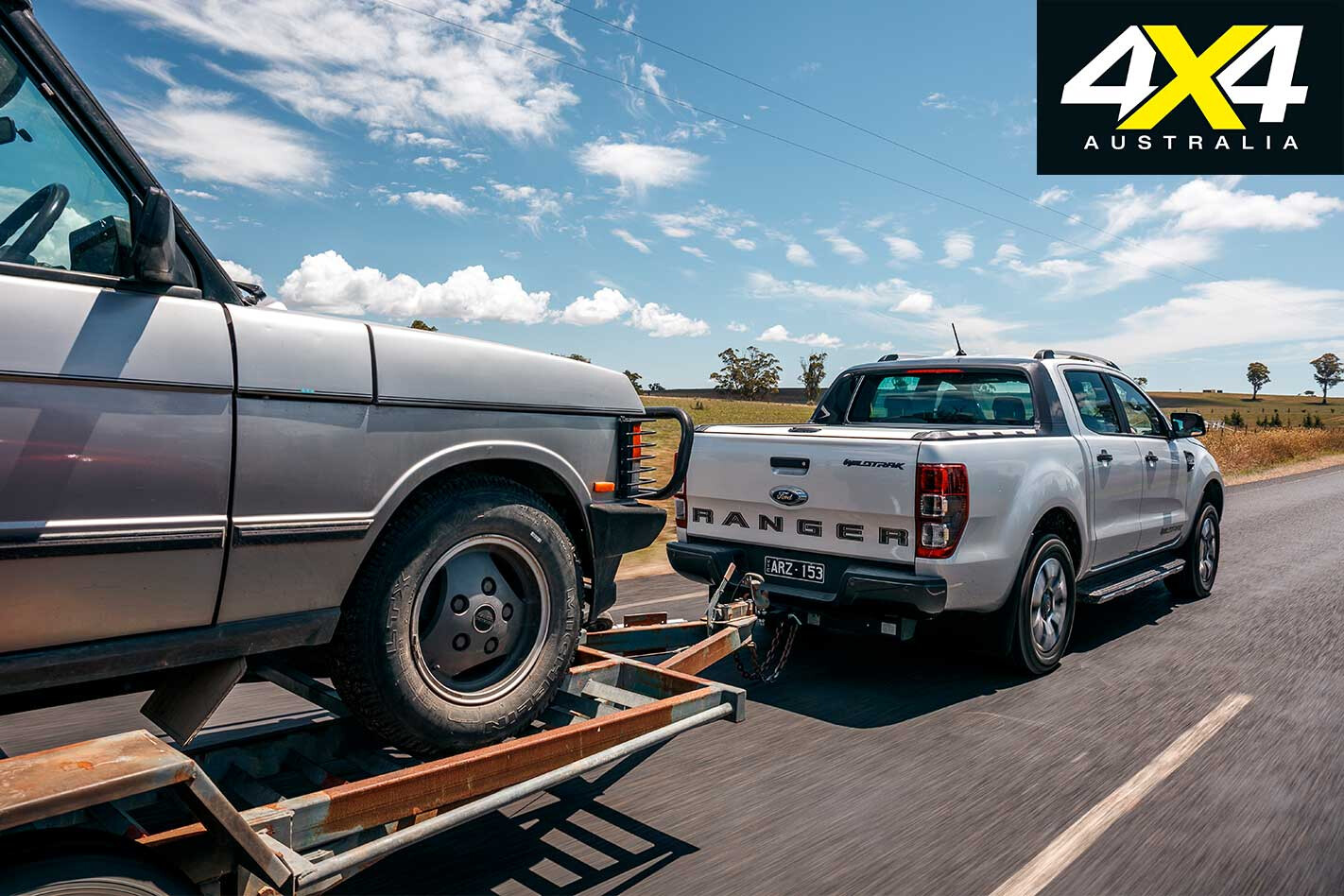
The 2.0 is more refined but needs more revs to do the same job – therefore it’s constantly shuffling up and down the gears. This is due to the extra gears, as well as a taller final gearing than the five-pot (3.31 v 3.73).
The 2.0 also struggled to gain momentum on the steep incline. It wasn’t great going down, either, with far less engine braking than the 3.2.
The 3.2 put in a strong towing performance, courtesy of good quality gear shifts (and less of them) and having max power on tap at 3000rpm. It shined on the steep hill climb, slogging along at 2500-3000rpm with no unnecessary gear changes. Engine braking was better, too.
The 2.0 might be better in general driving conditions, but when it’s time to roll the sleeves up and ferry a load, best opt for the 3.2.
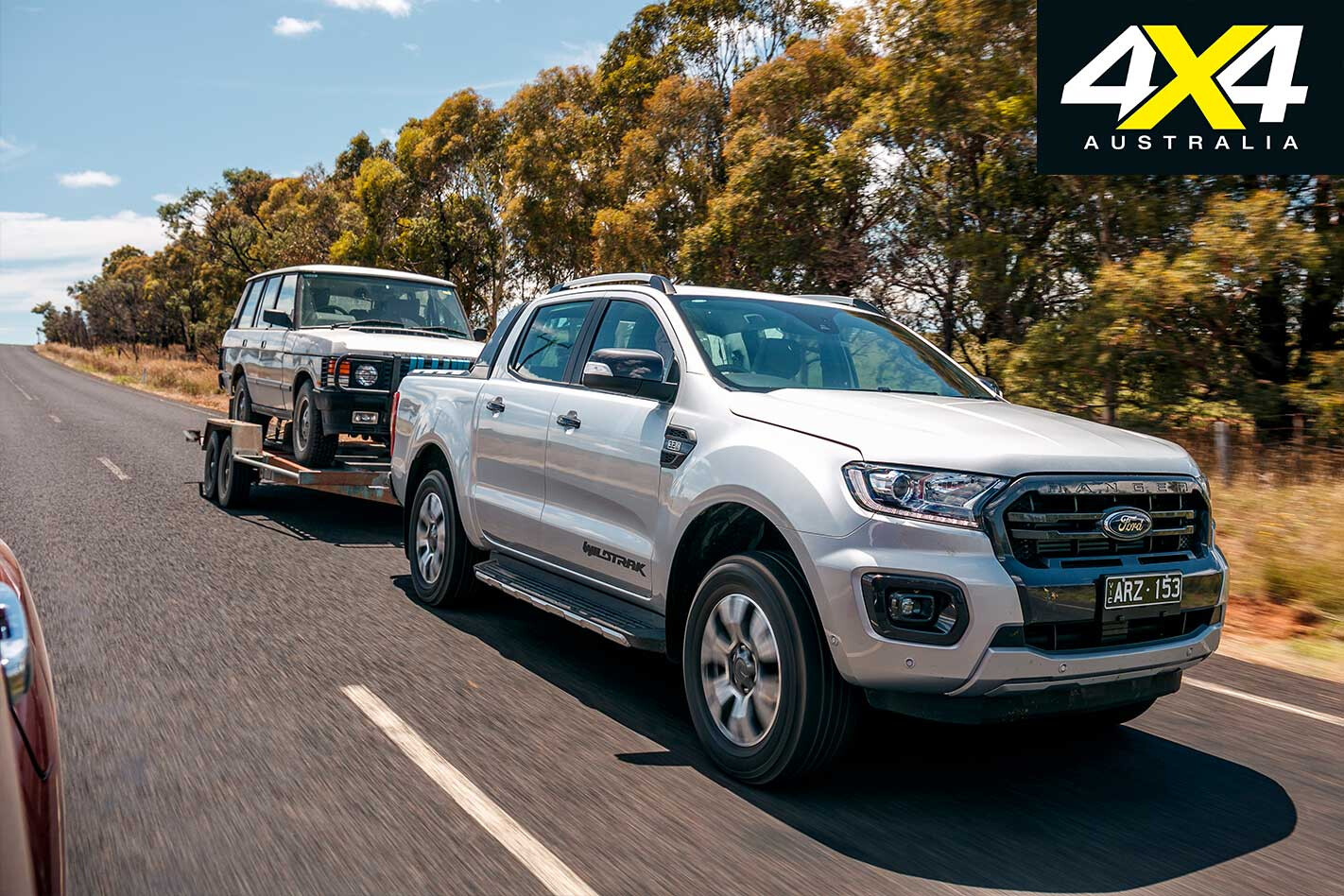
MORE: Ford Ranger Range Review MORE: Ford Ranger Specs, Range & Price

